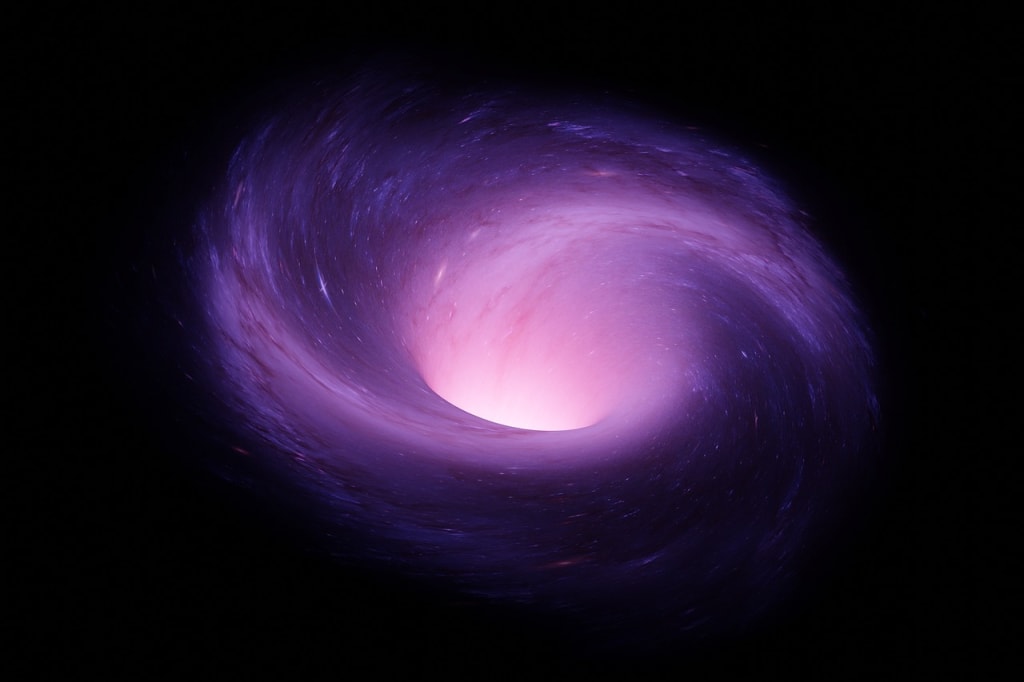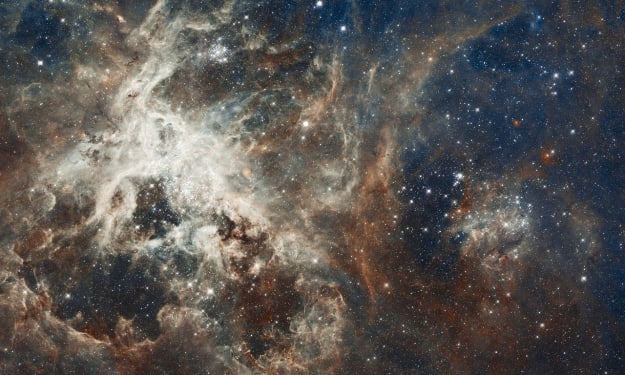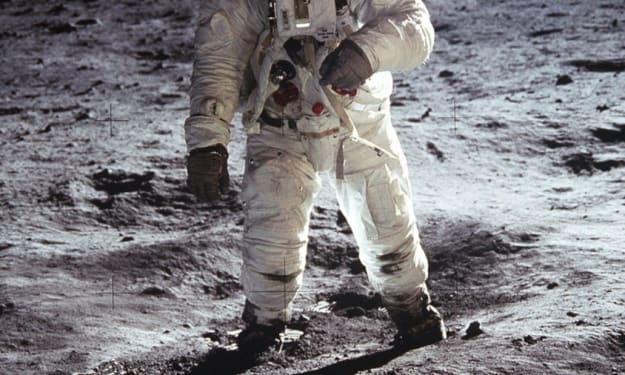Chronicles of a Black Hole's Existence
From Birth to Demise : Unveiling the Secrets of Black Holes

Black holes are undeniably captivating, both as physical entities and as subjects of scientific inquiry. Every aspect of these enigmatic objects is marked by extremeness and peculiarity, continually yielding fresh revelations. Even the most fundamental facts about black holes are nothing short of astounding. For those who have never received a primer on the subject, let's return to the basics and delve into what black holes are, how they come into existence, and how they meet their ultimate demise.
At its essence, a black hole is a region in space where gravity's pull is so incredibly potent that nothing, not even the swiftest entity in the universe - light - can escape its clutches. This point of no return is known as the event horizon, rendering black holes entirely imperceptible to external observers like us.
You might be curious about how we discern their existence, particularly when you've likely seen images of them in the news. While the black holes themselves remain hidden from direct view, we can infer their presence through the influence they exert on nearby matter and light. For instance, we detect the radiation emitted by intensely heated material swirling around black holes, forming what scientists term an "accretion disk." This swirling, radiant structure resembles the eye of Sauron when observed from space. Additionally, black holes can bend the path that light follows due to their overwhelming gravitational effects, a phenomenon foreseen by Einstein's theory of general relativity.
Black holes are astoundingly compact, cramming an immense amount of mass into an exceedingly minuscule space at their core. The Schwarzschild radius dictates the distance from this core at which the event horizon materializes, and it expands as more matter plunges into the black hole. Every entity in the universe possesses its unique Schwarzschild radius, including celestial bodies such as planets, stars, and even us. For instance, if we aimed to transform a star with the mass of our Sun into a black hole, it would need to be compressed into a sphere with a radius of less than three kilometers.
Nevertheless, it's imperative to clarify that if our Sun were to transform into a black hole instantaneously, Earth and the other planets in our solar system would not be sucked into oblivion. Objects must venture within the Schwarzschild radius to succumb to a black hole's gravitational pull. Therefore, as long as we remain more than three kilometers away from our newfound black hole Sun, our orbits would remain unaffected.
So, how do black holes come into existence? The answer hinges on the category of black hole under discussion. Stellar-mass black holes, which span from three to dozens of times the mass of our Sun, are scattered throughout galaxies. Typically, they form when a massive star, at least 20 times the mass of the Sun, undergoes a supernova explosion, leaving behind a core that implodes under its own gravitational force and shrinks beneath its Schwarzschild radius.
On the contrary, supermassive black holes are gargantuan, boasting masses ranging from hundreds of thousands to billions of times that of our Sun. These colossal entities are believed to take up residence at the centers of most large galaxies, if not all. The iconic image of a black hole captured a supermassive one residing in the heart of the Messier 87 galaxy. Nonetheless, the precise origins of supermassive black holes remain shrouded in mystery. Scientists speculate that they commence their existence during the early stages of a galaxy's formation.
Recent discoveries have unveiled candidates for intermediate-mass black holes, bridging the gap between stellar-mass and supermassive black holes. Furthermore, theoretical possibilities suggest the existence of black holes even smaller than stellar-mass ones, created through particle collisions within high-energy particle accelerators. While no concrete evidence has emerged for these diminutive black holes, their microscopic size ensures that they would never grow to pose a threat.
One of the most intriguing aspects of black holes is their eventual demise. These cosmic entities are thought to dissipate over time through a process termed Hawking radiation. In simple terms, pairs of virtual particles continually pop into existence within the vacuum of space, usually annihilating each other. However, when such a pair forms near a black hole's event horizon, one particle escapes while the other plunges into the black hole, causing it to shrink until it vanishes entirely. Stephen Hawking predicted the existence of this radiation. Remarkably, smaller black holes decay at a faster rate, implying that hypothetical microscopic black holes, if they exist, would endure exceedingly brief lifespans, far too short to pose any threat.
In contrast, supermassive black holes have an extraordinarily protracted existence, lasting many orders of magnitude longer than the current age of the universe. Nevertheless, these cosmic giants pose no immediate danger to us.
In summary, black holes are unquestionably captivating cosmic phenomena, offering a glimpse into the extreme facets of our universe. While they challenge our comprehension of space, time, and gravity, they also hold the key to unraveling numerous cosmic enigmas, rendering them an endlessly alluring subject of scientific exploration.
About the Creator
Enjoyed the story? Support the Creator.
Subscribe for free to receive all their stories in your feed. You could also pledge your support or give them a one-off tip, letting them know you appreciate their work.





Comments
Ayu Widi is not accepting comments at the moment
Want to show your support? Send them a one-off tip.